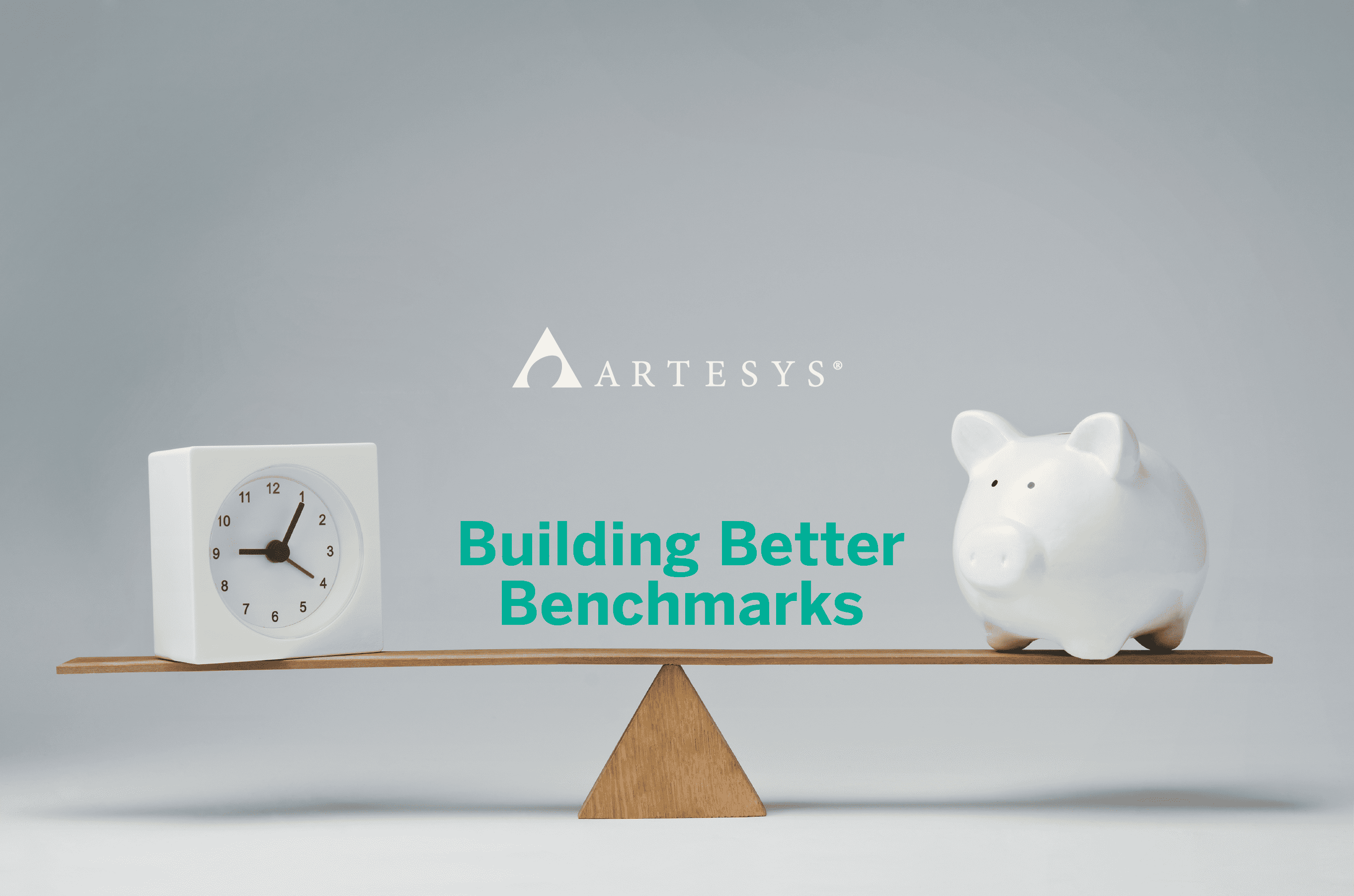Building Better Benchmarks

Selecting an appropriate benchmark is the first step in being able to effectively communicate with investors.
How to tell if a benchmark is appropriate?
This standard list from (Bailey, 1998) is a helpful starting point for finding a benchmark that is consistent with a manager’s investment process:
- Unambiguous – The individual securities and their weights in a benchmark should be clearly identifiable.
- Investable – It must be possible to replicate and hold the benchmark to earn its return (gross of fees).
- Measureable – It must be possible to measure the benchmark’s return on a reasonably frequent and timely basis.
- Appropriate – The benchmark must be consistent with the manager’s investment style or area of expertise.
- Reflective of current investment opinions – The manager should be familiar with the securities that constitute the benchmark and their factor exposures.
- Specified in advance – The benchmark must be constructed prior to the evaluation period so that the manager is not judged against benchmarks created after the fact.
- Accountable – The manager should accept ownership of the benchmark and its securities and be willing to be held accountable to the benchmark.
What is a benchmark?
A benchmark, in the most general sense, is something against which something else can be compared, a reference point.
How cold is cold? How tall is tall?
A benchmark can provide an answer to the question, “Relative to what?” A common statement often used in a context appropriate to us here, “My account return was X% last quarter.” Well, is X% good? Is it bad? Relative to what?
Looking back over the last 10 years, the global equity market, as measured by the S&P Global BMI Total Return Index has returned 4.74% annually. So, more up than down. We can dig a little deeper and see that the US Equity Market, as measured by the Russell 3000 Total Return Index, achieved 7.04% annualized over the same 10 years. US large cap equities measured by the Russell 1000 Total Return Index, 6.70%. US Bonds measured by the Bloomberg Barclays US Bond Aggregate Total Return Index, 4.34%. Do these four indexes mean anything? And, if so, what?
A quick search using Morningstar Direct yields around 8,000 market indexes oriented towards the United States. For comparison, there are just over 8,000 Open End Funds domiciled in the US. Of these funds, approx. 500 do not list any primary prospectus benchmark and more than 1,200 list the S&P 500 Total Return Index.
So, obviously, some indexes are quite popular benchmarks, others, not so much.
Benchmarks? Indexes? What’s the difference?
Indexes, in general, are typically used to give the value of a particular market segment in however broad or narrow terms as the index provider sees fit. Their constituents and respective weights are commonly constructed in an objective and mathematical fashion, following a set of rules and investment criteria. A benchmark is different in the sense that it is supposed to communicate information about a specific investment manager’s universe, discipline, investment objectives, and so on. Sometimes an index also serves as an appropriate benchmark, but not always. It all depends on the specific investment manager’s area(s) of expertise. For example, a manager following an investment process that seeks to add value to the S&P 500 by choosing which stocks and how much of the stock to own, would appropriately be benchmarked to the S&P 500 Total Return Index. The complexity of the investment process will typically determine the complexity of the benchmark. An appropriate benchmark can range from a simply stated return target, to one that is completely custom and security-based.
Continuing from above, should those four broad market indexes mean anything to you? Should the Indexes shown in the news media mean anything to you? That depends on how you slice and dice your investment world. If you’re asking how the US equity market is performing, then the Russell 3000, S&P 500, or Wilshire 5000 are relevant, to name a few. If you want more specific performance, say for US Small Cap equities, then none of these should carry much weight. If you’re wondering how your diversified retirement portfolio is doing relative to the US equity market, sure you can compare the numbers, but if you’re wondering if the managers are following their investment processes, adding value where they say they’re skilled, and earning their fees, then you’ll need to know exactly which benchmark is valid for their process. Nearly every manager will have selected a benchmark that they use for themselves and will be published along with their performance numbers. But, not every manager will have selected an appropriate benchmark.
How can I trust that you didn’t cherry-pick a benchmark?
For some, it is tempting to pick a benchmark that is specified after the fact, due to the ability to control excess return and performance summary statistics. However, this is technique is both unethical and misleading. As soon as the ex-post performance starts to look poor against the ill-suited benchmark, a new one will be selected to take its place, again, using the wrong methods. Not only is this a deceitful practice, but also a poor way to manage assets, it complicates firm’s ability to track investment decisions, and ultimately instills little confidence in the public that your process is repeatable.
References
Bailey, F. V. (1998). Controlling Misfit Risk ain Multiple-Manager Investment Programs. Research Foundation of CFA Institute.


